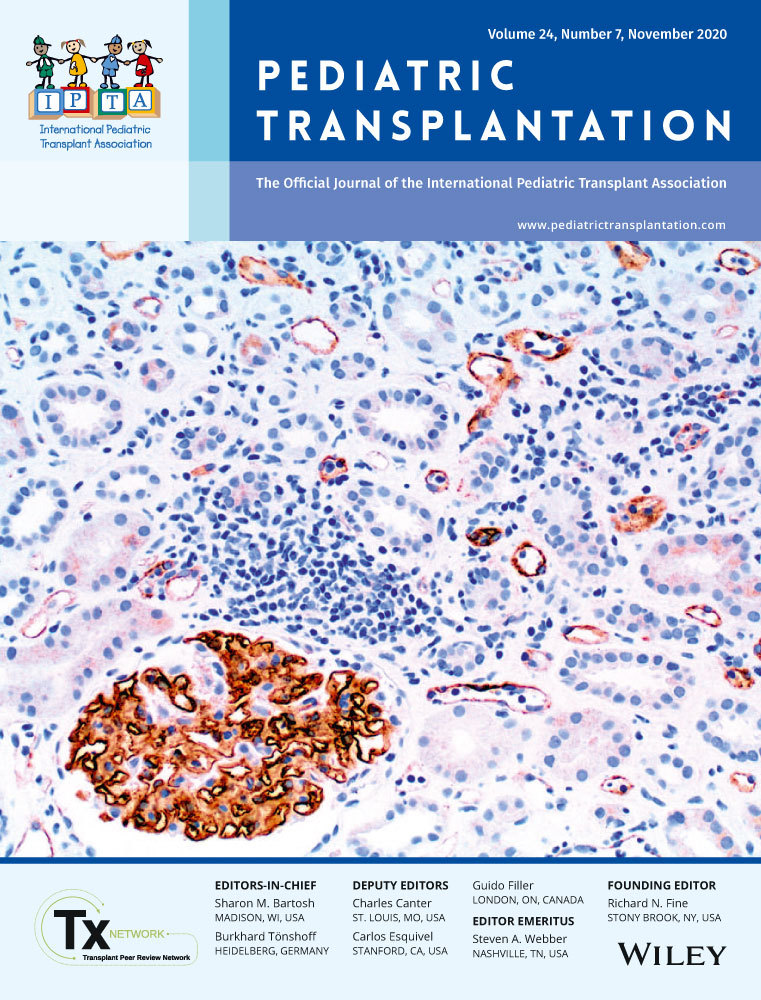Successful ABO-incompatible living donor liver transplant for acute liver failure secondary to Hodgkin's Lymphoma in a child
Abstract
We present a case of pediatric ALF, secondary to hepatic HL, who underwent a successful ABOi living donor liver transplant. We believe this is the first such case reported in academic literature. HL with liver involvement is extremely rare and is not considered an indication for transplantation. The 12-year-old, male patient presented with a viral illness prodrome, and parvovirus was detected in pre-transplant laboratory cultures. He received an ABOi living donor liver graft followed by a course of plasma exchange and rituximab after which standard immunosuppression was used. The HL was diagnosed on hepatic biopsy post-transplant. Subsequently, the patient commenced six cycles of R-CHOP chemotherapy. During chemotherapy, we stopped tacrolimus and mycophenolate mofetil. Immunosuppression was maintained with corticosteroids in-between cycles. The patient is alive and reports good quality of life 1-year post-transplant. The HL is in remission. During the post-operative period, the patient experienced four episodes of neutropenia, a bile leak, and gram-negative sepsis. One episode of acute rejection has been treated. Although we did not initially transplant the patient for ALF secondary to HL, its subsequent diagnosis and the patient's response to management raises many issues that warrant consideration. While the findings from a single case cannot be generalized, this could be a “proof of concept” for liver transplantation in hepatic HL. We hope it will facilitate discussions and potentially expand therapeutic options available to this very small group patients.
CONFLICT OF INTEREST
The authors declare no conflict of interest.




